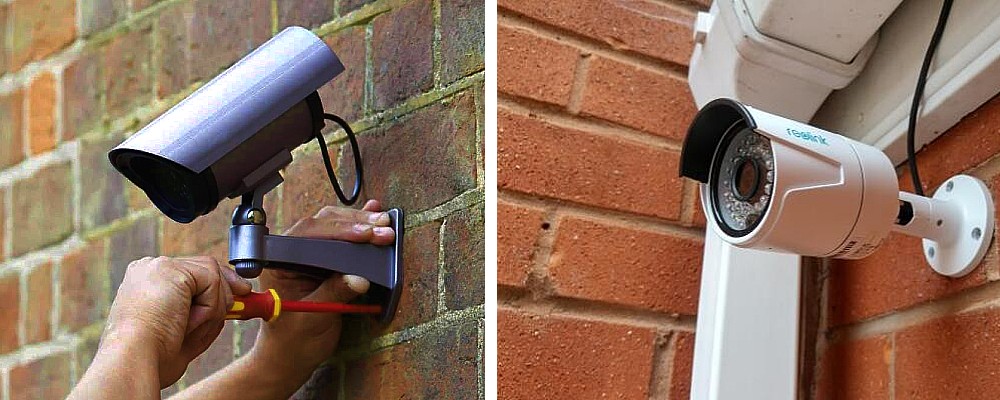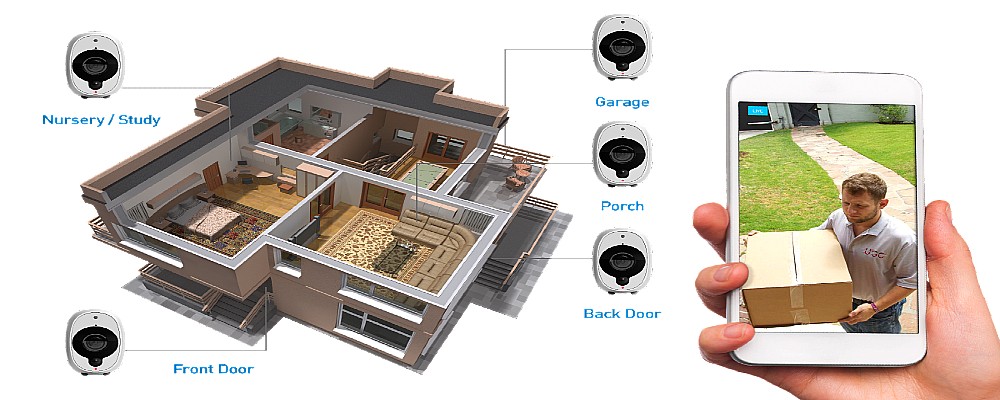Improving the security level of your property by installing a closed circuit television system in your home is a great idea and also highly recommended. You can absolutely do it yourself as it is not that hard, also choosing the right cameras and system that fit your particular needs can easily be solved as there is so many different home security camera systems available and with the right research you will choose the best one for you.
Understanding Security Camera Basics
Types of Security Cameras
As we mentioned before there are many types of cameras like dome, bullet, PTZ (pan, tilt, zoom), wireless and wired and the differences between them are significant. Make a deep research an highlight the benefits and potential drawbacks of each in order to make an informed decision.
Features to Consider
Cover all features like resolution, field of view, night vision capabilities, motion detection, weather resistance and storage options (cloud vs. local).
Where Should You Install Your Security Cameras?
When choosing the right location for outdoor security cameras it’s highly important to focus on areas with high traffic which means on any entry and exit points like front and back doors, garage doors and gates.
The right locations for security cameras inside your home involves monitoring common areas like living rooms and kitchens and any other space where people gather and it’s important to be mindful of privacy concerns and avoid placing cameras in private areas such as bathrooms and bedrooms.

Installing Your Cameras
Outdoor Security Cameras
- Outdoor security cameras should be mounted at least 8 to 10 feet above ground level as this height is low enough to capture fine details but high enough to deter thieves and vandals from tampering with them.
- Do not point the cameras directly at the sun as this will result in excessive contrast in footage making it difficult to tell what is going on. Adjust the camera angle to minimize obstructions and backlighting to ensure clear footage both day and night.
- Decide whether you’ll use wireless cameras or cables based cameras that use different cables for power and data. Wireless cameras need to be within range of your Wi-Fi network while wired cameras may require drilling through walls to route the cables.

Indoor Security Cameras
- When placing indoor surveillance cameras always choose the ones that provide wider coverage with fewer blind spots. Ensure that your camera locations are near power outlets if they’re not battery powered.
- Decide whether you want your cameras to be discreet or visible as some cameras can be hidden.
- Use stands or mounting hardware to place cameras on shelves or attach them to walls and ceilings and make sure they’re secure and have the intended field of view.



